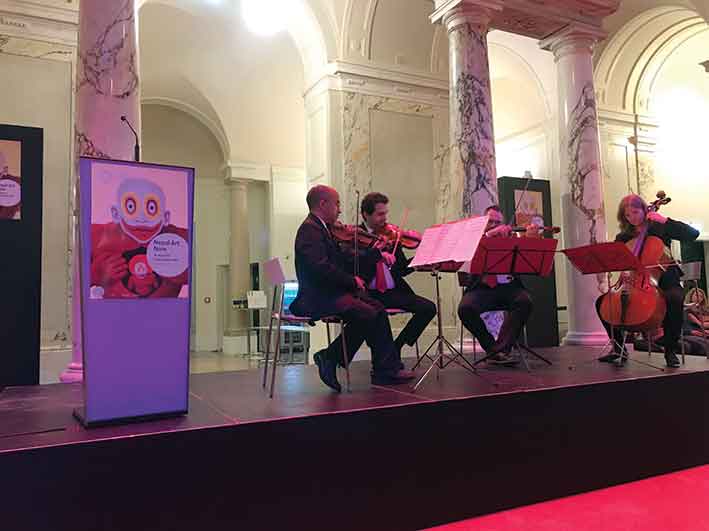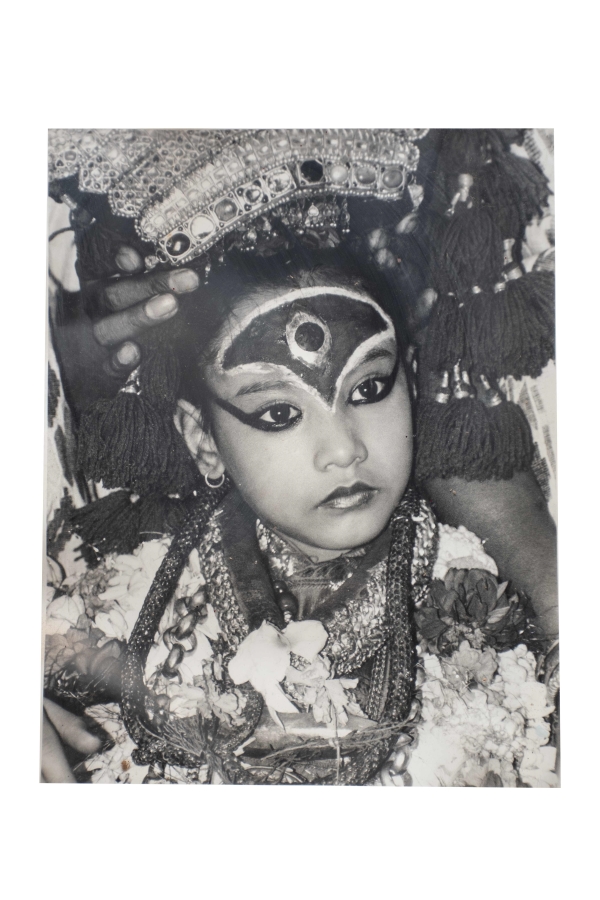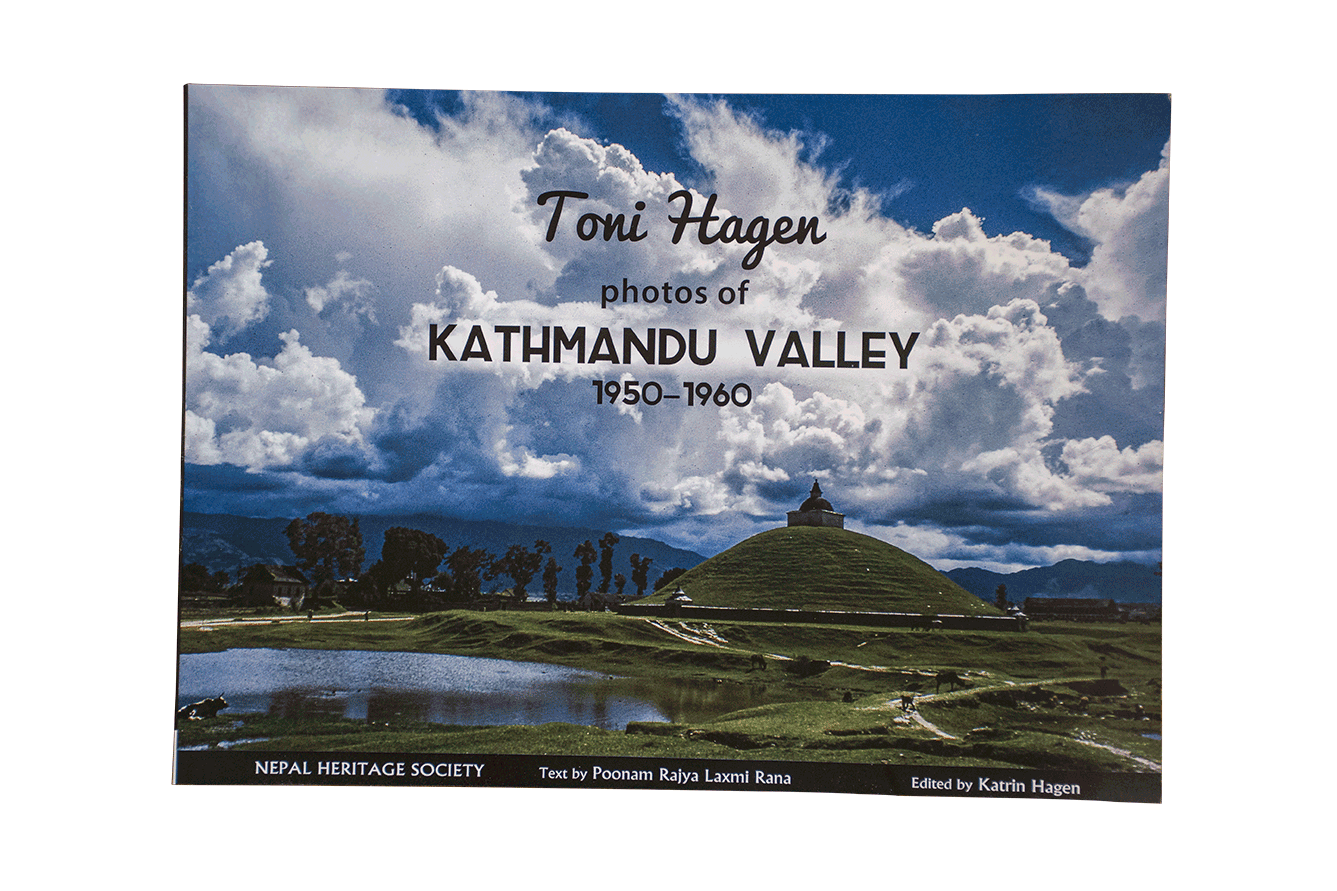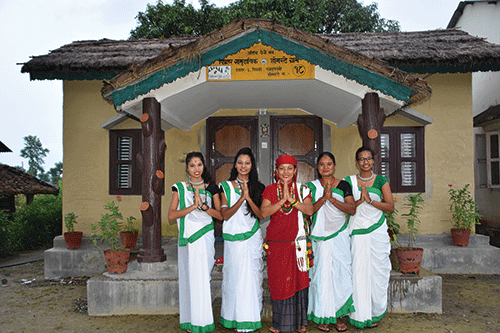Imagine visiting Vienna, the capital of classical music, the fabled land of prolific music composers, the land of Franz Joseph Haydn, Wolfgang Amadeus Mozart, Ludwig van Beethoven, Franz Schubert, and Johann Strauss I. Imagine being in Vienna and attending the operas and concerts, listening to single movements, symphonies, and operatic overtures from especially popular and well-known works and feeling familiar with the music heard as Hollywood and Bollywood soundtracks. And to heighten this vision, imagine being in Vienna and listening to the sounds of violin and cello in perfect symphony playing popular Nepali folk and pop rhythms.

Paradoxically, this was not my imagination. At the inauguration of the ‘Nepal Art Now’ exhibition, in the Weltmuseum in Vienna in early April 2019, in front of me was the Himalayan quartet, led by Rupak Kumar Sahisamuda, consisting of two violins, a viola, and a cello. I was aware that a musical performance was planned for the inauguration, and I had imagined a local group playing popular symphonies of the famous classical compositions, and to the audience’s surprise, a young Nepali artist greets the crowd with his team. The inauguration speeches were punctuated by the lively compositions of Rupak Kumar, leaving the Nepali audience tapping their feet and feeling at home in the large reception rotunda of the 13th century Hofburg Palace.
Rupak Kumar came to Austria in 1993 to study music though a scholarship program from Pragya Bhawan at the Morzateum University Salzburg, which was opened in 1841 to commemorate the fiftieth anniversary of the death of Wolfgang Amadé Mozart; as the Cathedral Music Association and the Mozarteum, later in 1998 it was converted into a university. Their aim is to encourage young talented musicians and promote and preserve cultural heritage. Completing his four-year bachelor’s program, he returned to Nepal with a hope to contribute to the music standards of Nepal. He opened a music school in Lazimpat, Kathmandu, and started composing music. However, his thirst for learning more had not yet been quenched. He was interested in electronic music and wanted to study composition. The unstable political situation of those times acted as a further stimulant to go back to Austria seeking higher education in music. In 2000, he returned to Vienna, where he continued his musical studies, while at the same time completing a degree in the IT field and education. His wish at that time was to make newer compositions in Nepali music, because he felt that despite its richness, it lacked experimentalism and the same rhythms were being repeated. He wished to bring Nepali traditional music to the global forefront, and in 2002 he formed a band called ‘Lok laya, lok bhaka’ (folk music and folk lyrics) in Vienna. The band included himself as the violinist, a Korean on the flute, and an Austrian and Indian on the percussion. They held many performances of his compositions, however could not draw enough of an audience in Vienna for traditional Nepali music. He thus shifted to playing in orchestra groups, though he did not leave off his Nepali compositions and performances.
He was often invited for cultural programs, and so it was that Dr. Schicklgruber, Director of the Weltmuseum, invited him to perform a fusion of Nepali and Western melodies for the inauguration of the “Nepal Art Now” exhibition. He was shown the artworks selected for the exhibition ahead of time; just a glance at the globally popular Mona Lisa interpretations painted by Manuj Babu Mishra in Nepali costume and jewelry stirred his imagination with its fusion of East and West. Played by Western classical musical instruments were the classical Nepali tunes of Rajamati, Jham Jham Istakot, Makhmali Cholo, and Resam Firiri. The title of this composition was “Kathmandu to Jumla”, because it included folk music of the regions between Kathmandu and Jumla. The motifs, or particular tunes, of these popular songs were expanding, adding modern compositions in the transitions between each classical one. The technique of pizzicato (producing the sounds of various instruments by plucking the strings of string instruments) used to produce the sound of the madal was amazing. The melodies produced by the Western instruments initially sounded a little awkward, but left me in awe as to the universal reach that music can have. Soon, all the Nepali audience were enjoying themselves, their feet tapping on the floor, listening to five wonderful compositions of Nepali classical music fusion played with Western instruments.
Rupak Kumar’s musical journey began early in life. His father, Shayam Kumar, was the musician at Pragya Bhawan during the times of Nepali musical legend Narayan Gopal. Rupak Kumar said that the person behind the saxophone in most songs by Narayan Gopal was his father. Hailing from Gorkha, he moved to Calcutta, where he studied and practiced music and was involved in a jazz band as a saxophonist. In the 1970s, when Soaltee Hotel was launched, they were in search of a jazz band. Having heard that a Nepali was playing jazz music in Calcutta, the hotel reached out to him and brought him back to Nepal. Before long, Rupak also followed his father’s footsteps and choose music as his profession. Rupak told me that his eldest son, Bidhan David, is continuing the family legacy and studying the music business and playing the guitar, as well. His other children are also interested in music, although they are in other academic disciplines.
After the 2015 earthquake, his colleagues encouraged him to hold a benefit concert. Other Nepalis also sang in this concert, while the music was played by local musicians. The funds collected were donated to Nepal through a doctors’ organization.
He believes that Nepali music should have an international reach and he is working towards it. In Nepal, music documentation is lacking; improvisation of older music is practiced, and the original is lost down through the years. Upon his return to Nepal, he hopes to teach music theory in Kathmandu universities and promote documentation. He classifies Nepali music as ‘world music’ and hopes that in the future it will be as popular in the world as the music of Austria. Rupak’s dedication to Nepali music can be heard in his compositions, as well as the songs he sings: Eklai eklai gungunauchu, Katti khoje desh, Pathayeko chu phool, and Nil kada jhai man phulyo.
The author is a scholar of Nepali culture and heritage, with special interest in art and iconography. She can be reached at swostirjb@gmail.com










